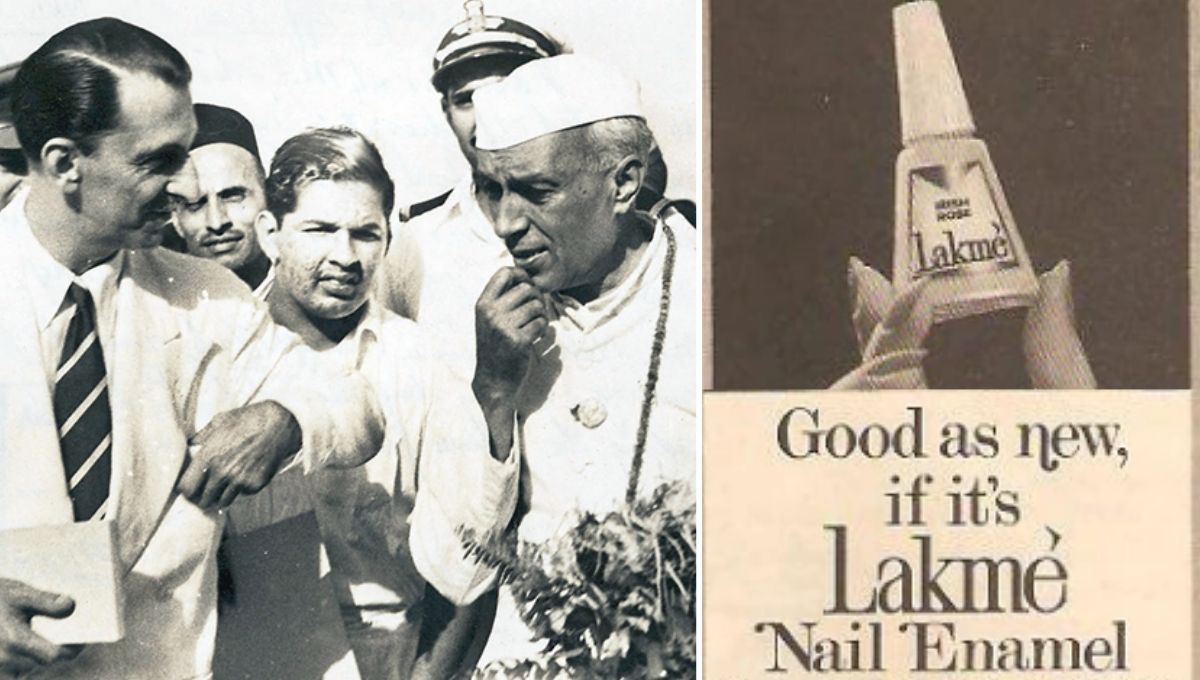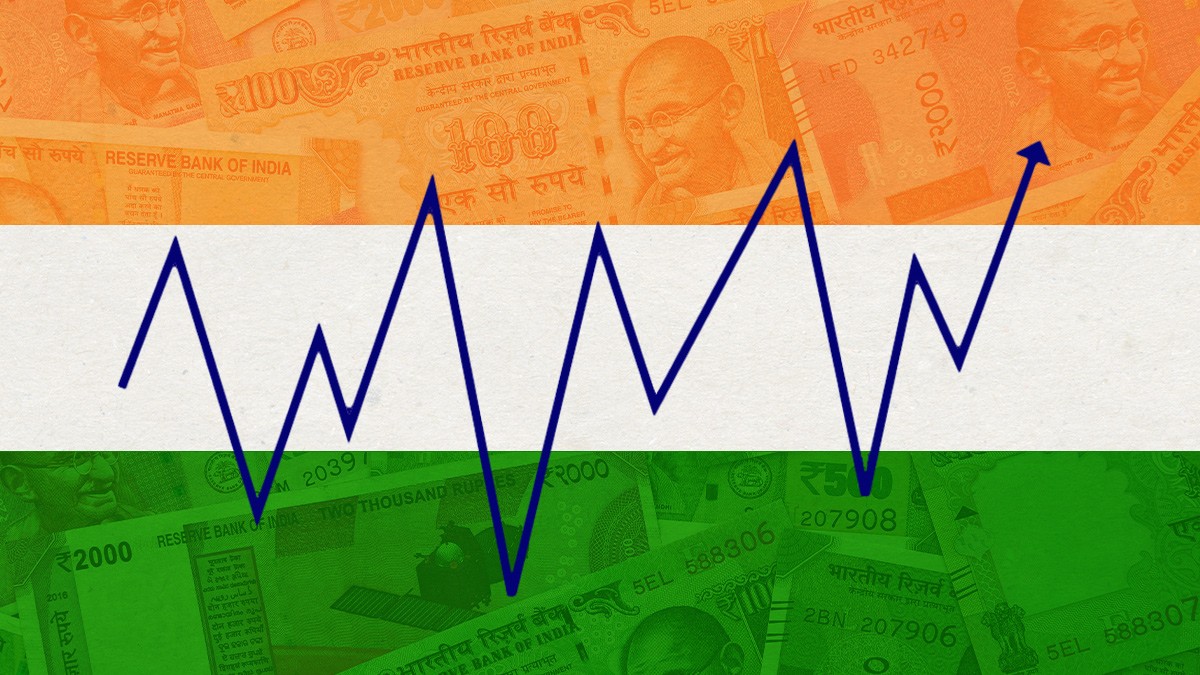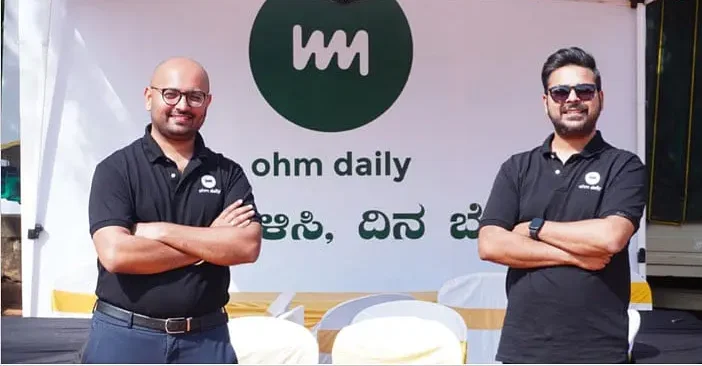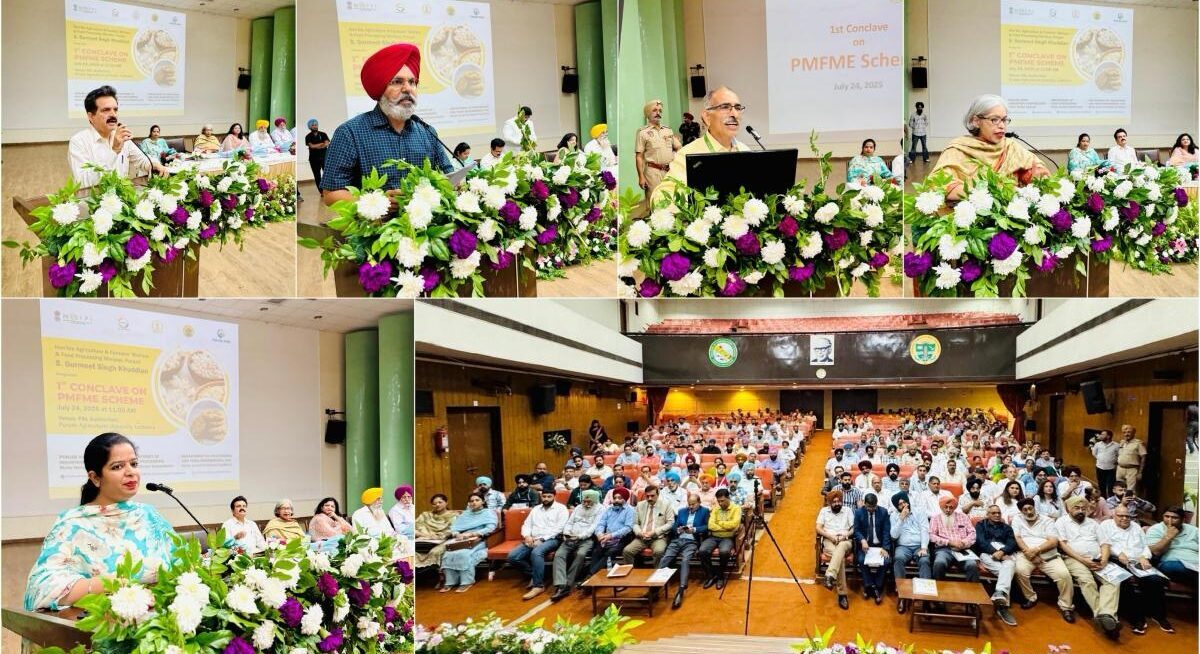A viral LinkedIn post by Vandana Tolani, founder of Convanto, has reignited interest in the fascinating origin story of India’s most iconic beauty brand, Lakme

In the 1950s, as India took its first steps as an independent republic, a crisis loomed over something seemingly trivial but symbolically powerful cosmetics. Indian women were enamoured with lipsticks and kajal, yet the entire beauty market was dominated by imports. These imports were not just a strain on the economy, they were a drain on India’s limited foreign exchange reserves.
Prime Minister Jawaharlal Nehru made a calculated decision that would ultimately transform the Indian beauty industry after realizing this economic vulnerability. His message was straightforward: establish a domestic cosmetics company. J.R.D. Tata, an industrialist, was the recipient of the call.
The result was Lakmé, a brand that would not only redefine Indian beauty standards but also mark one of the earliest instances of the government partnering with the private sector for a consumer-facing business venture.
A Strategic Start
Lakmé was not born in a lab or a boardroom of a fashion house it emerged from a government initiative, deeply tied to India’s post-independence economic goals. Initially a 100% subsidiary of Tata Oil Mills, the brand was launched with the backing of the Indian government, and under the larger umbrella of self-reliance (Swadeshi), it aimed to substitute foreign cosmetic imports.

The name “Lakmé” was a clever blend of East and West, derived from Lakshmi, the Indian goddess of wealth and beauty, and stylised in French to sound aspirational and global. The brand’s early positioning was carefully curated to appeal to Indian consumers while projecting an international aesthetic.
Growth and Transition
Lakmé became a household name overnight. From eyeliners to lipstick, the brand tapped the right chord with urban Indian women who were looking for quality cosmetics that recognized Indian skin tones and beauty requirements.
By the 1990s, as India’s economy opened up, Tata Group decided to focus on its core businesses. In 1998, it sold Lakmé to Hindustan Unilever Limited (HUL) for ₹200 crore, a strategic move that ensured the brand would continue under the stewardship of a consumer goods powerhouse.
HUL’s deep distribution network and global expertise transformed Lakmé from a national brand into a modern beauty leader. Over the years, it expanded beyond cosmetics into skincare, salon services, and fashion collaborations, including the flagship event Lakmé Fashion Week, positioning itself at the intersection of beauty and style.
A ₹3,000 Crore Empire
Lakmé is today a ₹3,000 crore behemoth in India’s beauty market, competing with global players and crossing generations. From birth sponsored by the government to private sector expansion, the story of Lakmé mirrors India’s own growth from inward-looking economic policies to a globally integrated market economy.
Industry specialists view Lakmé as a rare instance of a brand that came into being out of strategic compulsion and has managed to survive in an age of liberalisation. Its capacity to evolve from old-fashioned recipes to contemporary marketing, from basic cosmetics to entire product ranges, is commonly attributed to its success.
A Legacy Beyond Lipstick
The Lakmé tale is not a tale of business achievement. It’s a tale of vision, public-private partnership, and beauty’s power of nation-building. When India was short of resources during that period, the arrival of Lakmé was an economic and cultural milestone.
From Nehru’s phone call to Tata to a ₹3,000 crore modern brand under HUL, Lakmé’s journey is a testament to how strategic thinking can birth iconic enterprises.
Also Read: Kama Ayurveda’s Global Rise: A Quiet Luxury Success from India
























